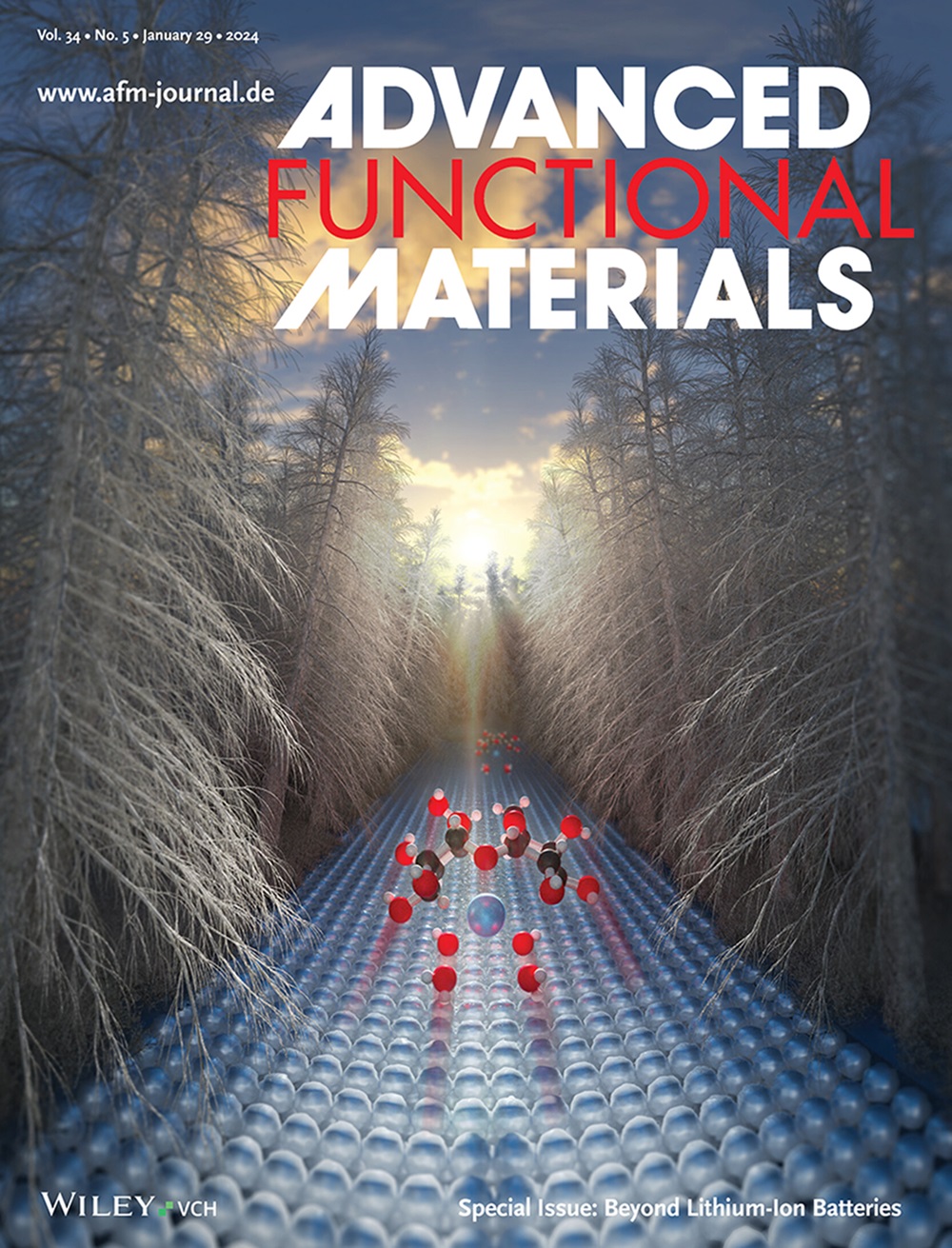Electrification Mechanism and Critical Performance Factors of Animal Fur Fiber‐Based Soft‐Contact Triboelectric Nanogenerators
IF 19
1区 材料科学
Q1 CHEMISTRY, MULTIDISCIPLINARY
引用次数: 0
Abstract
Triboelectric nanogenerators (TENGs) are emerging as a promising technology for self‐powered sensing and energy supply due to their abundant materials, simple design, and cost‐effectiveness. Surface modification enhances output, but prolonged use can lead to wear, compromising stability and performance, while generating wear particles and microplastics, worsening environmental pollution. This study presents a soft contact fur‐based TENG (F‐B TENG) using natural animal fur as a flexible triboelectric medium, achieving high output with minimal environmental impact. The contact electrification mechanisms between the soft fur friction layer and the solid dielectric are explored, focusing on structure, strength, and scale. A high‐performance compound fur‐based TENG (CF‐B TENG) is developed by combining wool and rabbit fur components, showing significant improvement in triboelectric output compared to F‐B TENG. Under various rotational speeds and directions, CF‐B TENG maintains a stable output of 220.76 V even at −30 °C. After 130 000 cycles, the output decreases by only 10.74%, highlighting the excellent environmental adaptability and mechanical stability of the composite fur friction layer. This work provides a strategy to reduce environmental pollution while maintaining high output, facilitating the selection of materials, and expanding TENG applications.动物皮毛纤维基软接触摩擦纳米发电机的起电机理及关键性能因素
摩擦电纳米发电机(TENGs)由于其材料丰富、设计简单、成本效益高,正在成为一种有前途的自供电传感和能源供应技术。表面改性提高了产量,但长时间使用会导致磨损,影响稳定性和性能,同时产生磨损颗粒和微塑料,加剧环境污染。本研究提出了一种基于软接触毛皮的TENG (F‐B TENG),使用天然动物毛皮作为柔性摩擦电介质,在对环境影响最小的情况下实现高产量。探讨了软毛摩擦层与固体介质的接触起电机理,重点研究了软毛摩擦层的结构、强度和尺度。通过结合羊毛和兔毛成分,开发出了一种高性能复合毛皮TENG (CF‐B TENG),与F‐B TENG相比,其摩擦电输出显着提高。在不同的转速和方向下,CF‐B TENG即使在−30°C下也能保持220.76 V的稳定输出。经过13万次循环后,产量仅下降10.74%,凸显了复合材料摩擦层优异的环境适应性和机械稳定性。这项工作提供了一种减少环境污染,同时保持高产量,促进材料选择和扩大TENG应用的策略。
本文章由计算机程序翻译,如有差异,请以英文原文为准。
求助全文
约1分钟内获得全文
求助全文
来源期刊

Advanced Functional Materials
工程技术-材料科学:综合
CiteScore
29.50
自引率
4.20%
发文量
2086
审稿时长
2.1 months
期刊介绍:
Firmly established as a top-tier materials science journal, Advanced Functional Materials reports breakthrough research in all aspects of materials science, including nanotechnology, chemistry, physics, and biology every week.
Advanced Functional Materials is known for its rapid and fair peer review, quality content, and high impact, making it the first choice of the international materials science community.
 求助内容:
求助内容: 应助结果提醒方式:
应助结果提醒方式:


